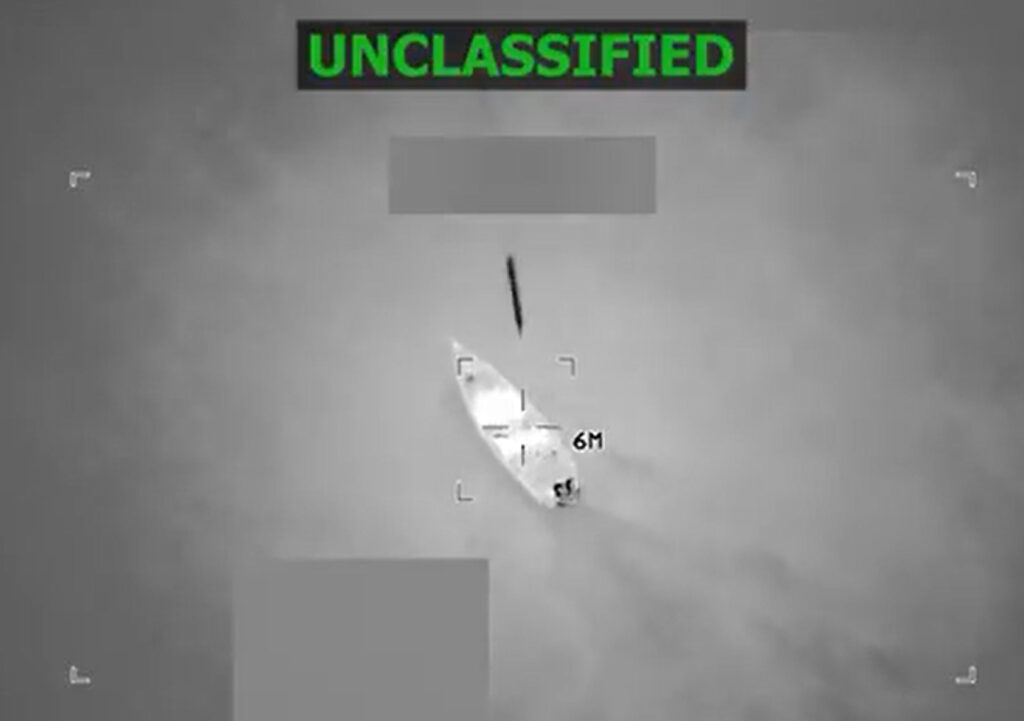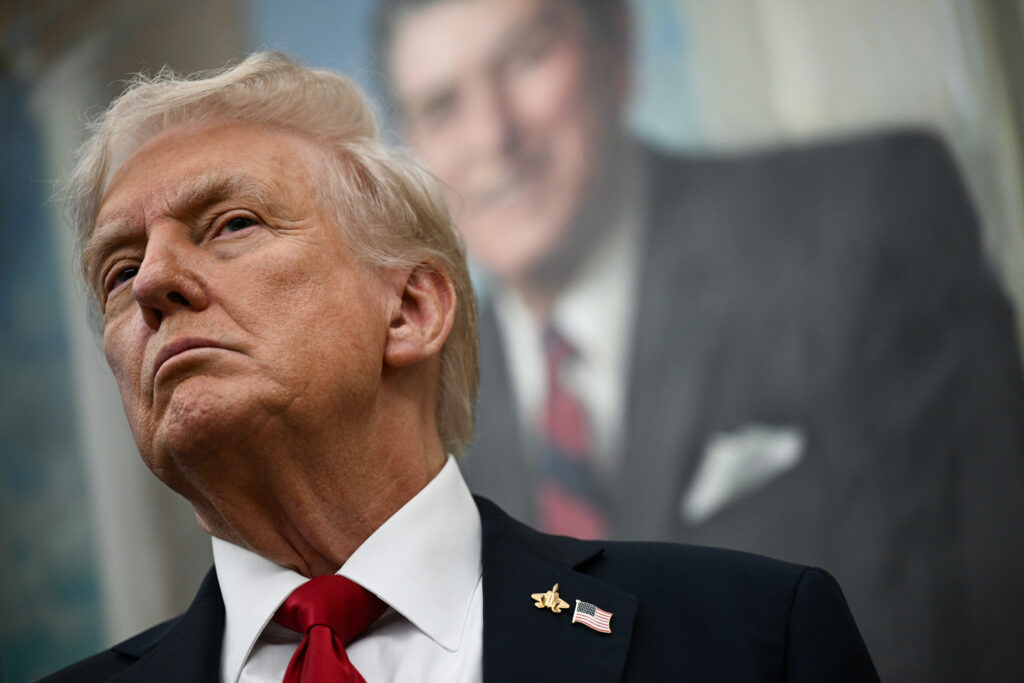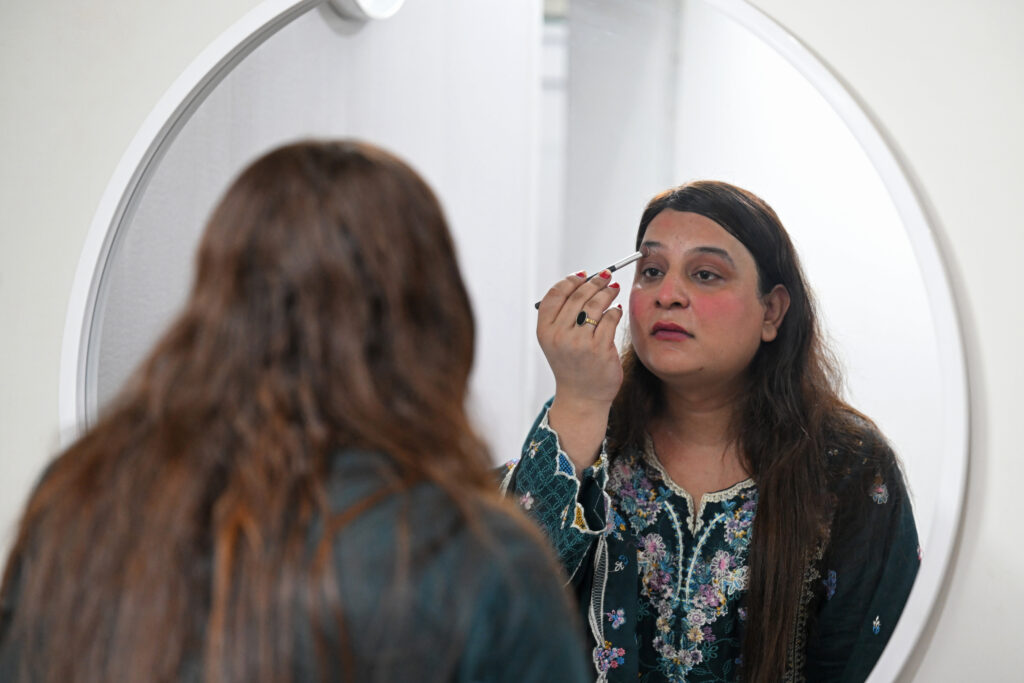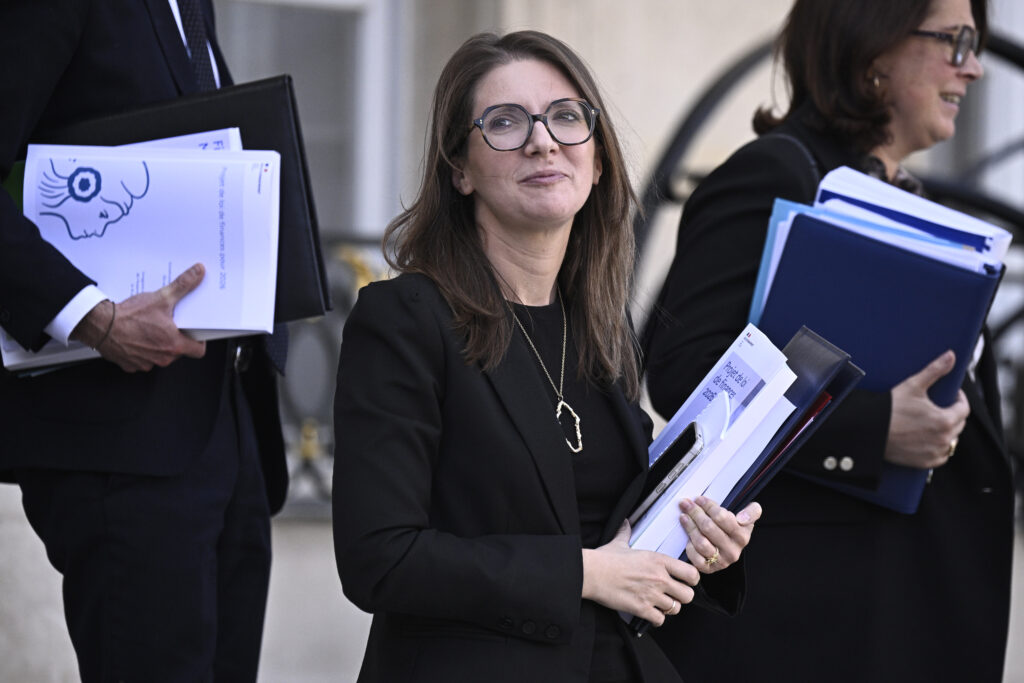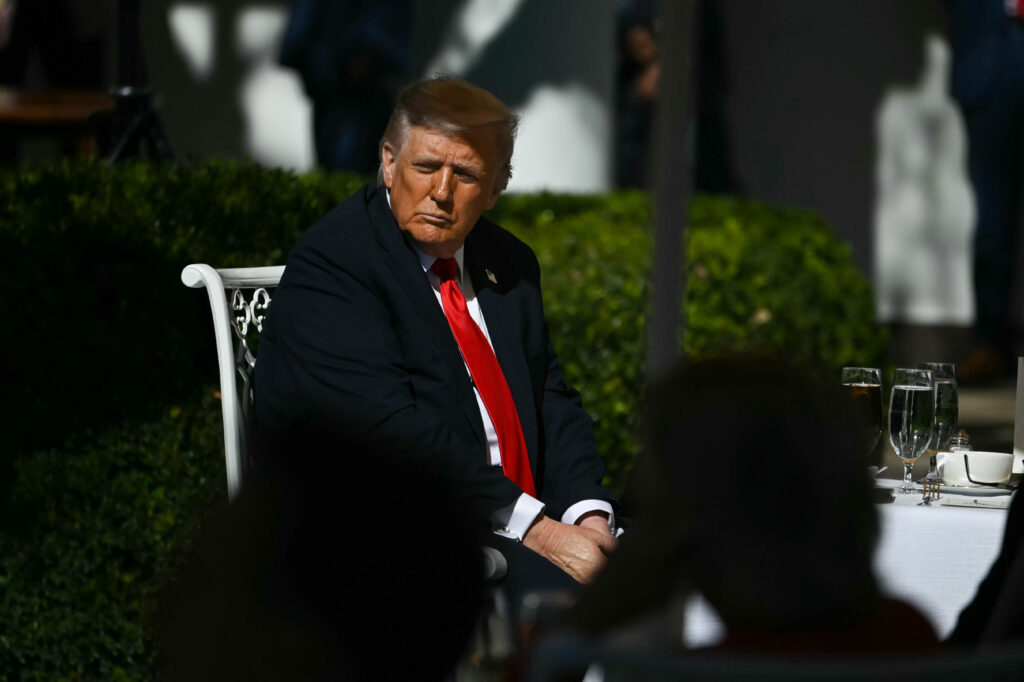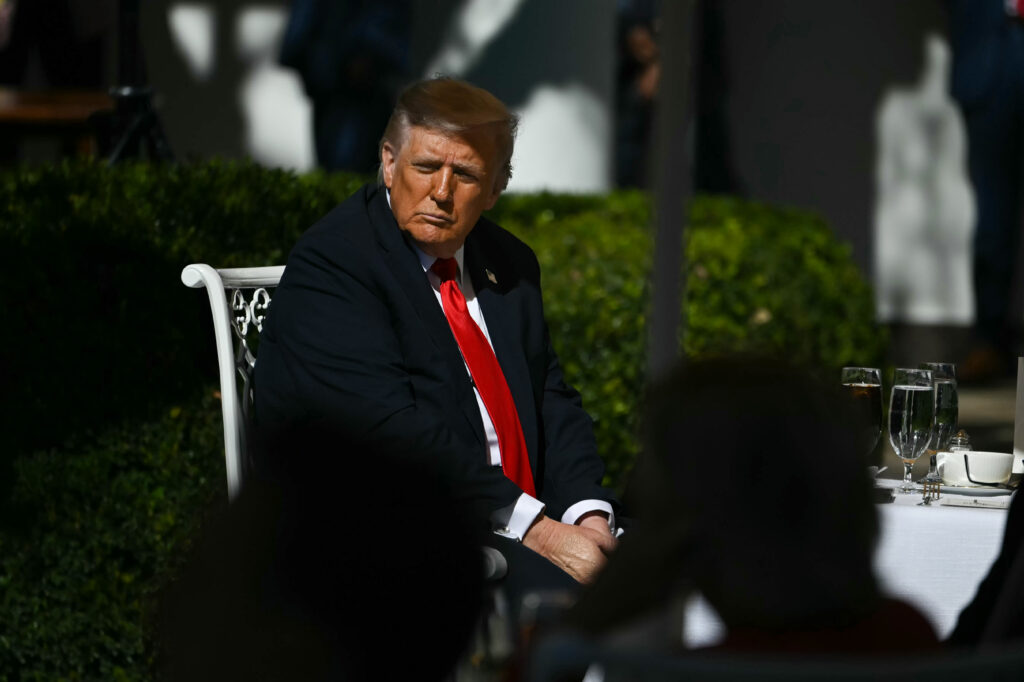Narcotrafic: Washington déploie un porte-avions et alimente les craintes de guerre
Les Etats-Unis vont déployer un porte-avions en appui de leurs opérations revendiquées comme une lutte contre le narcotrafic en Amérique latine, une montée en puissance considérable des moyens militaires américains dans la région qui alimente les craintes d’une guerre.Donald Trump – dont la fin des interventions militaires extérieures était une promesse de campagne – mène depuis début septembre des frappes aériennes contre des embarcations présentées comme celles de narcotrafiquants essentiellement dans les eaux caribéennes. Jusque-là, dix sont connues – la plus récente la nuit passée. Elles ont tué au moins 43 personnes, selon un décompte de l’AFP fondé sur des chiffres du gouvernement américain.Le porte-avions Gerald R. Ford, le plus grand du monde, et la flotte qui l’accompagne, vont venir “renforcer les moyens actuels pour déjouer le trafic de stupéfiants et démanteler des organisations criminelles transnationales” dans la zone de commandement correspondant à l’Amérique centrale et à l’Amérique du Sud, a annoncé le Pentagone sur X vendredi, sans préciser davantage sa destination.Il s’agit de “consolider la capacité des Etats-Unis à détecter, surveiller et stopper acteurs et activités illicites”, a-t-il ajouté.Jusque-là, huit navires et dix avions de combat furtifs F-35 étaient notamment déployés.- “Dernier ressort” -Cette annonce du Pentagone intervient peu après la dernière frappe américaine connue dans les Caraïbes, menée la nuit précédente.”Dans la nuit, sur ordre du président Trump, le ministère de la Guerre a mené une frappe létale contre une embarcation utilisée par Tren de Aragua”, un gang vénézuélien classé comme organisation terroriste par les Etats-Unis, a indiqué le ministre de la Défense Pete Hegseth.Les “six hommes narcoterroristes à bord (…) ont été tués”, détaille son message accompagné d’une vidéo nocturne sur laquelle on peut voir un bateau en position stationnaire ciblé avant d’être détruit par une explosion.Cette nouvelle frappe “a été conduite dans les eaux internationales”, précise-t-il.La légalité de ces frappes américaines, sans preuve avancée sur les cibles visées, est largement mise en doute par les experts.”Selon le droit international, le recours intentionnel à une force létale n’est permis qu’en dernier ressort contre un individu représentant une menace imminente pour la vie”, a souligné auprès de l’AFP le Haut-Commissariat des Nations Unies aux droits de l’Homme. “Sinon, cela constituerait une violation du droit à la vie”, a-t-il mis en garde.Les opérations militaires américaines ont fait grimper les tensions régionales, en particulier avec le Venezuela, aussi avec la Colombie.- “Enflammer l’Amérique du Sud” -Washington a imposé des sanctions économiques au président colombien Gustavo Petro vendredi, au motif qu’il ne s’attaque pas à la production de cocaïne dans son pays.Celui-ci, qui avait déjà qualifié les frappes américaines d'”exécutions extrajudiciaires”, a assuré sur X qu’il ne comptait pas faire de “pas en arrière”, ni se mettre “à genoux”.Donald Trump a estimé la veille ne pas avoir besoin d’un accord du Congrès pour valider des opérations contre le Venezuela ou d’autres pays selon lui impliqués dans le narcotrafic. “Je pense qu’on va simplement tuer les gens qui font entrer de la drogue dans notre pays, ok ?”, a-t-il lancé, en comparant les cartels de la drogue au groupe jihadiste Daech.”La prochaine étape, c’est l’opération terrestre”, a menacé le président américain.Caracas accuse Washington de chercher à renverser le président Nicolas Maduro et affirme disposer de 5.000 missiles antiaériens portables pour contrer les forces américaines.Le Brésil, puissance régionale, a exprimé son inquiétude face à ces frappes aériennes “sans preuve”. “Nous ne pouvons pas accepter une intervention extérieure” qui “pourrait enflammer l’Amérique du Sud”, a averti dans un entretien à l’AFP le conseiller spécial du président Lula pour les Affaires étrangères, Celso Amorim.”Si vous êtes un narcoterroriste qui fait passer de la drogue dans notre hémisphère, nous vous traiterons comme nous traitons Al-Qaïda”, a insisté Pete Hegseth.
